Neurological issues often require orthopedic treatment. Occupational therapists, for example, will see stroke victims and help them regain basic skills such as eating with a fork or picking up small objects. Physical therapists may see patients with drop foot because they experience weakness in the tibialis anterior and the other dorsiflexors in the foot and ankle. Injuries to the nervous system take a lot of time and repetition to rehabilitate, because patients must re-educate the motor pathways to the affected muscles. Biofeedback can make this recovery process two times faster.
Common Causes and Symptoms of Drop Foot
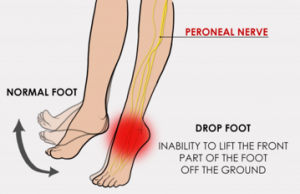
Common Exercises for Rehabilitation of Drop Foot
Many exercises aim to improve weakness of the tibialis anterior specific to drop foot. Calf stretches and lower back exercises can also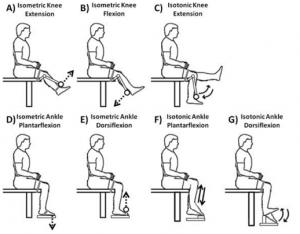
Exercises to promote dorsiflexion include:
- toe-heel rocks
- stretching the foot from a seated position with a resistance band
- lifting and holding a ball with both feet from a seated position with legs fully extended
- extending the leg outward from a seated position and repeatedly flexing the ankle towards the torso for 5 seconds
- isometric dorsiflexion with a resistance band
You can also perform isometric knee extension and flexion along with isotonic knee extension. Practicing flexion in the plantar and dorsi directions are both extremely beneficial and can be monitored with biofeedback!
How to use mTrigger for Drop Foot
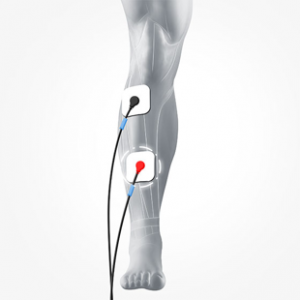
Biofeedback is excellent for reading muscle contractions during dynamic dorsiflexion with or without a resistance band. During contraction, the activation meter should be all the way up, hitting in the green “success zone”. During relaxation, the bar should fall back into the red. All patients are different, so get creative with applying biofeedback to your exercises! To use the mTrigger, first set an attainable MVC goal (maximum voluntary control) to start. Place it around 1000 microvolts and have your patient flex their foot toward their body. If they get into the green zone with ease, set the MVC goal a little higher. If they can only reach the orange or red when flexing as hard as they can, lower the MVC goal. As they gain strength in the tibialis anterior and other muscles related to dorsiflexion and drop foot, set higher targets for the MVC goal. You can even track progress with the Train & Track modules (just make sure you’re setting up your time parameters – learn more about settings here). Give your patients a goal to work toward – show them that their effort matters and that they are getting better with visual feedback and tangible results!
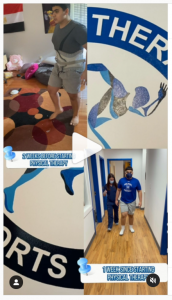
Courtesy of Holmdel Physical Therapy & Sports Medicine
Check out the difference in this patient’s gait after just one week of biofeedback intervention!
How does biofeedback help in rehabilitating drop foot?
In a study with 20 people suffering from chronic drop foot (see resources below), 10 participants went through conventional physical therapy training while the test group added a biofeedback intervention. After 5 weeks, the biofeedback group had an increase in strength and range of motion that was twice as great as the group that did not use biofeedback. Biofeedback produced better results because it requires patients to engage cognitively. sEMG biofeedback is an extremely active intervention, wherein visual feedback facilitates the motor relearning process. Patients work harder on every rep because they can witness the strength of their muscle contractions, and perform more accurately with real time data to inform and motivate them. Physical therapy can be cumbersome if someone is telling you what to do and you can’t see if it is actually working. Incorporating biofeedback into your practice will undoubtedly speed up recovery.
References:
https://www.verywellhealth.com/exercise-program-to-correct-foot-drop-2696048
https://www.physio-pedia.com/Foot_drop
https://pubmed.ncbi.nlm.nih.gov/1137478/
https://med.libretexts.org/Bookshelves/Anatomy_and_Physiology/Book%3A_Anatomy_and_Physiology_(Boundless)/9%3A_Muscular_System/9.9%3A_Muscles_of_the_Upper_Limb/9.9D%3A_Muscles_that_Cause_Movement_at_the_Ankle#:~:text=Dorsiflexion%20of%20the%20Foot%20(pulling,plantaris%2C%20soleus%20and%20fibularis%20longus.
https://www.verywellhealth.com/foot-drop-physical-therapy-2696046
https://www.healthguideline.net/2020/04/foot-drop-brace.html
Article author: Sarah Green





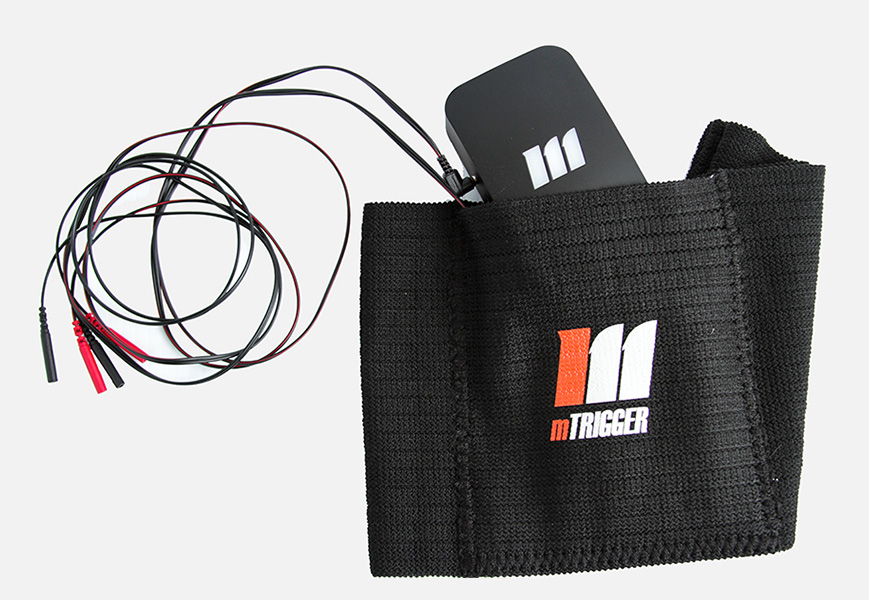

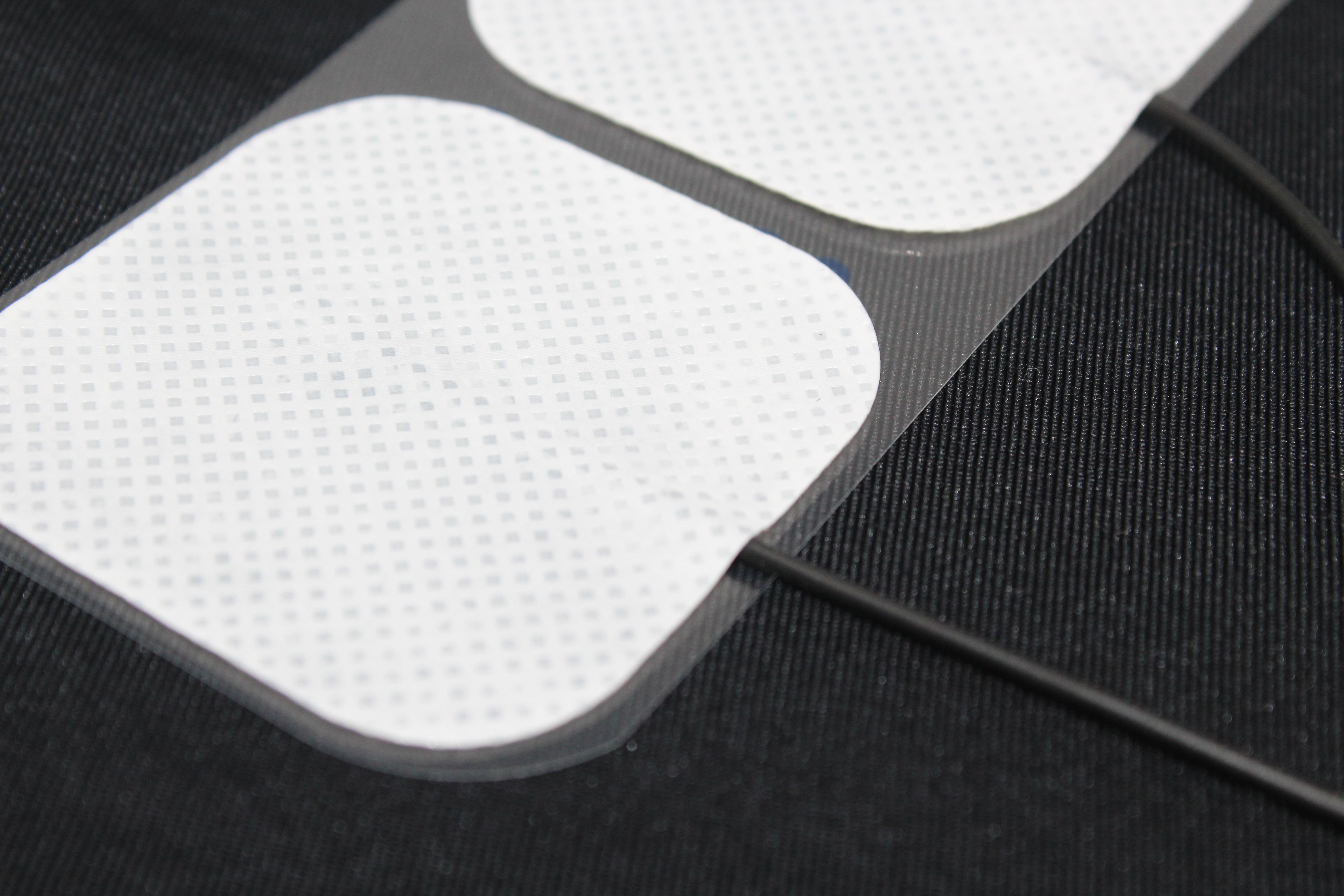
Leave A Comment